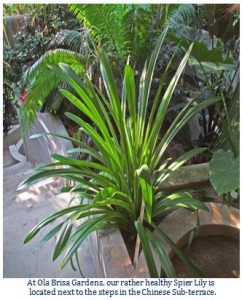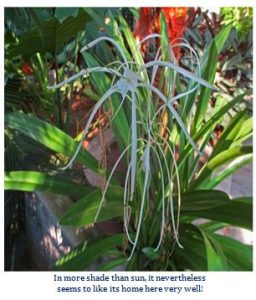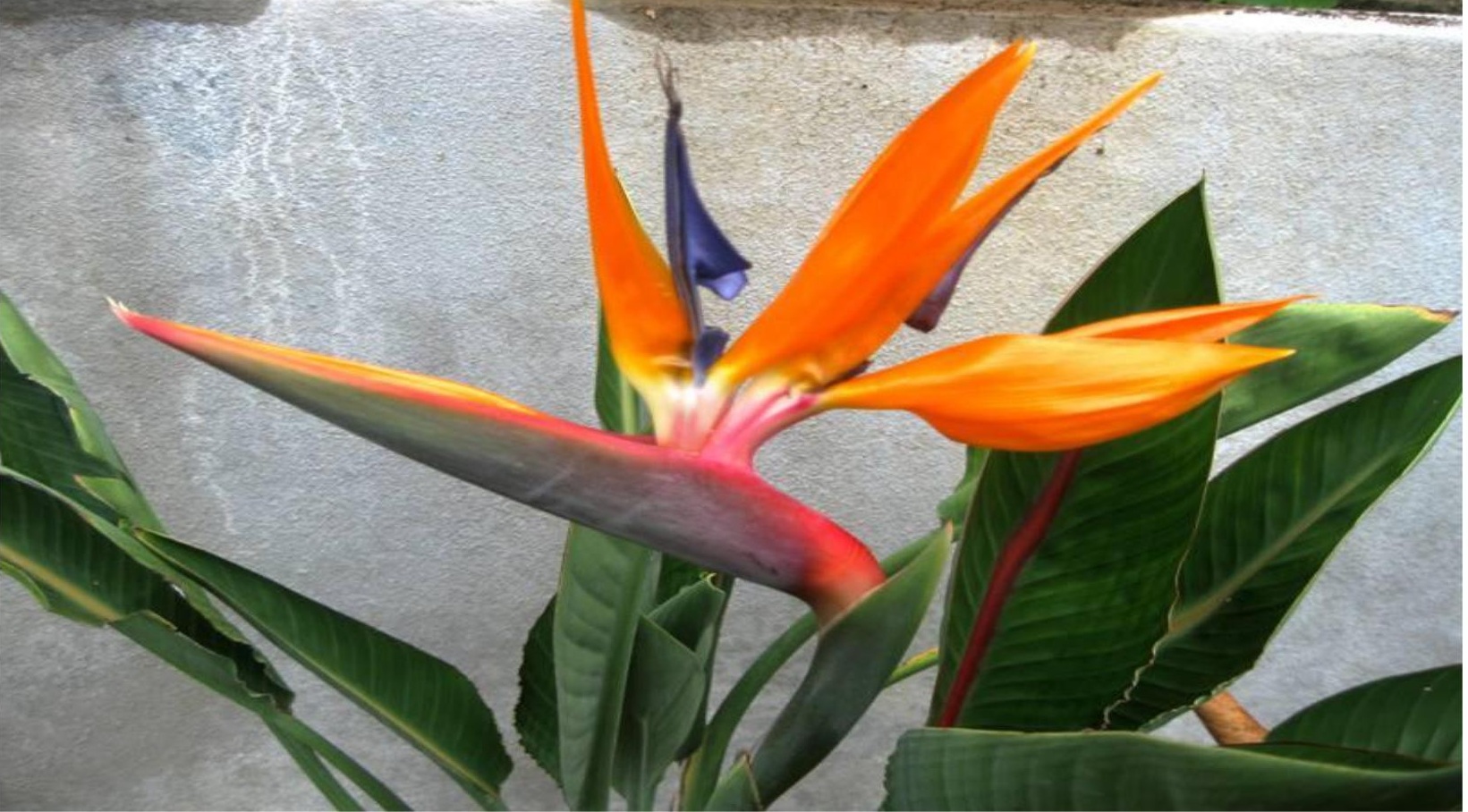By Tommy Clarkson from the November 2015 Edition
Spider Lily, Hymenocallis galvestonesis
Family: Amaryllidaceae
(Also known as Spring Spider Lily or incorrectly Crinum)
The Spider Lily’s genus name comes from the Greek words hymen, meaning “membrane” and kalos that translates to “beautiful”. To my way of thinking, they’ve got the kalos thing correct as this is one of our flowers that I thoroughly enjoy.
Native to the Americas, the Hymenocallis family ranges from Indiana, down the Mississippi Valley, Kentucky, Virginia, south to the Carolinas, Alabama, Louisiana, Georgia, Florida, Texas, through Mexico and the Caribbean into Central America. From there, “Katie bar the door”, as at this point there’s a veritable explosion of diversity in species through Central America and radiating into Venezuela, Guyana, and Brazil of the South American continent. In such regard, it’s important to note that at this juncture, it’s not known how many varieties actually exist.
As to where “in the wild” they thrive, one source cited it this way, “flood plains, bottomland, ditches, ravines, depressions, marshes, stream banks, prairie, plains, meadows, pastures, (and) savannahs”.
These were recognized as a distinct genus back in 1812 by Richard Anthony Salisbury. (H’mmmm, I wonder if he created and/or identified the Salisbury steak as well!) It’s thought that’s the operative word – that there are somewhere around 70 to 80 different species
in the Hymenocallis group. But there is even some confusion regarding their names as to which variety is which.
 To be completely honest, I am not absolutely sure that the specimen showcased here is a H. galvestonesis which is said to come from dry woods. But, no little research time has been spent in striving to correctly identify this one which thrives on the Chinese Subterrace (so named for the prominent Chinese Fan Palm, Livistona chinensis, situated in its center) here at Ola Brisa Gardens .
To be completely honest, I am not absolutely sure that the specimen showcased here is a H. galvestonesis which is said to come from dry woods. But, no little research time has been spent in striving to correctly identify this one which thrives on the Chinese Subterrace (so named for the prominent Chinese Fan Palm, Livistona chinensis, situated in its center) here at Ola Brisa Gardens .
As regards correctly identifying them all, an associate of the world renowned botanist, Dr. Alan W. Meerow, Kevisn Preuss, has observed that, “A big problem in gaining an understanding of (this) genus is that populations are being eradicated at alarmingly fast rates as wetlands are being modified.” A’hhhh, progress!
But let’s move on to this rather unusual looking but nonetheless elegant – fragrant plant. Its six, delicate, white, sweet smelling, “spider-fingered”, flowers have a dominant staminal cup from which, appropriately, long stamins protrude, and narrow, tepal segments read petals and sepals (modified leaves). Two to three blossoms are perched atop a stout stem of one to three feet (.3 to .9 meters) in height amid strap-shaped leaves. (Flowers of other varieties of Hymenocallis can be green or yellow.)
The flowers themselves, are comprised of three white sepals and three petals which unite to form a two to four inch (5 – 10 cm) narrow tube with the slender parts of the flower spreading and curving backward as they age.
The Spider Lily prefers full sun to partial shade, can grow up to 24 to 4 inch (60 -120 cm) and like lots of  water . . . hence ensure you don’t allow the soil around them to dry out between waterings. I have read that they can clump to five feet (1 ½ meters) across, but mine have yet to achieve this girth.
water . . . hence ensure you don’t allow the soil around them to dry out between waterings. I have read that they can clump to five feet (1 ½ meters) across, but mine have yet to achieve this girth.
Pest resistant, this fast grower can act as an excellent, tall ground cover with the bonus that it readily reseeds itself! If sought to be utilized in this manner, plant on three to five foot (.9 – 1 ½ meters) centers and it should be fully filled out within two years.
As many know, my preferred fertilizer is well dried estiércol de vaca (cow manure). The Spider Lily shares my appreciation for this natural plant nutrient and I encourage its regular application.
From the standpoint of visuality, its delicate blooms are a stunning backdrop against green foliage. But beyond that, its perfumed flora are an attraction to bees, birds and butterflies.
The best means of propagation is through the division of its bulbs. Once you’ve dug them up and carefully lifted them out of their soil home, locate the natural divisions where they are marked with a seam. Each side of these seams should have their own roots and stems. Separate and re-plant these bulbs carefully facing stems upward – so the top of each bulb neck is at or just above the surface of the soil. Initially water well and then water it as you do your already established Spider Lilies. and, in but a few months, voilà, you will have new plants and flowers to enjoy!
For back issues of “Roots”, gardening tips, tropical plant book reviews and videos of numerous, highly unique eco/ adventure/ nature tours, as well as memorable “Ultimate Experiences” such as Tropical Garden Brunches
Visit us at.. www.olabrisagardens.com
Download the full edition or view it online
—
Tommy Clarkson is a bit of a renaissance man. He’s lived and worked in locales as disparate as the 1.2 square mile island of Kwajalein to war-torn Iraq, from aboard he and Patty’s boat berthed out of Sea Bright, NJ to Thailand, Germany, Hawaii and Viet Nam; He’s taught classes and courses on creative writing and mass communications from the elementary grades to graduate level; He’s spoken to a wide array of meetings, conferences and assemblages on topics as varied as Buddhism, strategic marketing and tropical plants; In the latter category he and Patty’s recently book, “The Civilized Jungle” – written for the lay gardener – has been heralded as “the best tropical plant book in the last ten years”; And, according to Trip Advisor, their spectacular tropical creation – Ola Brisa Gardens – is the “Number One Tour destination in Manzanillo”.





You must be logged in to post a comment.